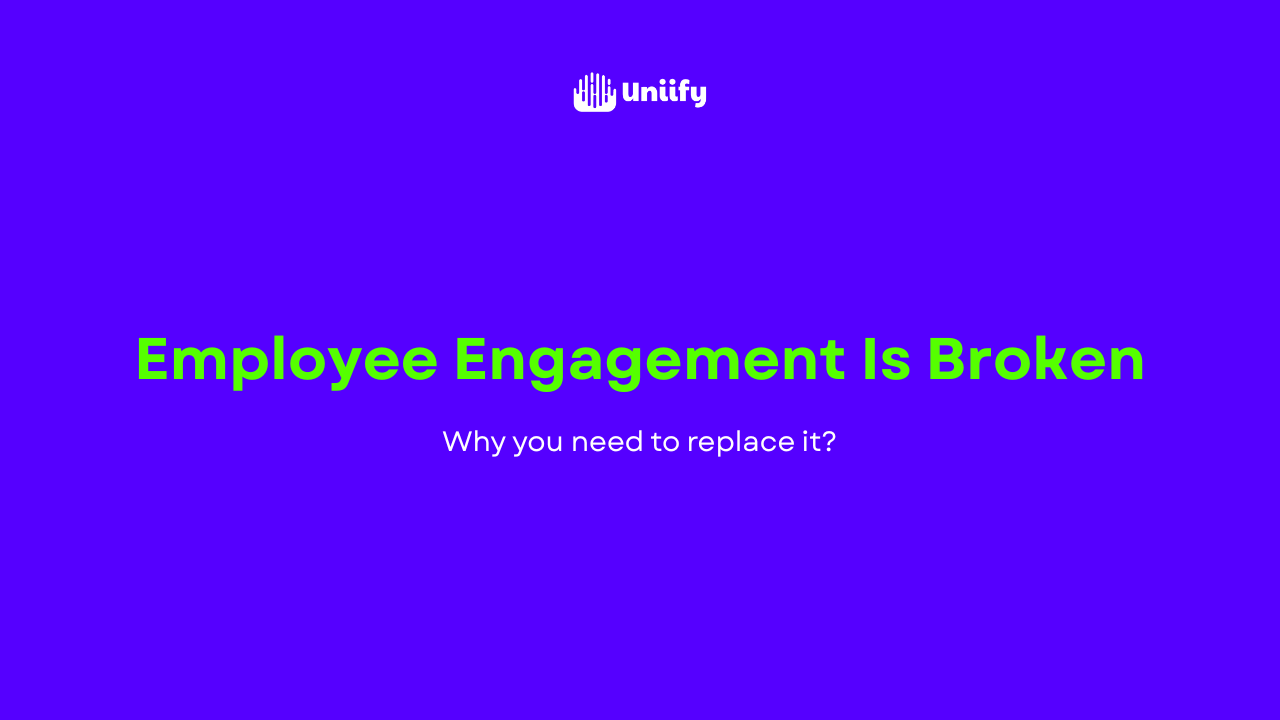Most organizations measure what people do.
Few measure how people feel while doing it.
Yet emotion — not process — is what drives performance, trust, and retention.
The science of sentiment is helping HR leaders finally understand that truth, turning feelings into the most valuable data in modern work.
Because when you can quantify what people feel, you can finally design how they thrive.
Why Feelings Belong in Business
For years, emotion was treated as noise in the corporate system — something soft, unmeasurable, even distracting.
But neuroscience and behavioral science now say otherwise.
Studies show that 70% of workplace decisions are emotionally influenced, not logically planned.
Energy, tone, and emotional climate impact performance more than task load or compensation.
When people feel safe, valued, and heard, their cognitive bandwidth expands. They think clearly, collaborate easily, and innovate faster.
When they don’t, even simple tasks feel heavy.
Feelings aren’t the opposite of work.
They are the fuel for it.
What Is Sentiment, Really?
Sentiment is the pattern of emotional tone that flows through an organization — how employees feel about their work, leaders, and environment.
It’s not about isolated moods; it’s about emotional climate.
Just as meteorologists track weather patterns, HR can now track emotional patterns — how trust rises, how stress spreads, how belonging builds.
With the right tools, this becomes measurable, comparable, and improvable.
How HR Can Quantify Emotion
The good news: you don’t need to read minds. You just need to read signals.
Here’s how modern HR teams are already doing it:
- Sentiment analytics
- AI-powered systems analyze text inputs, recognition messages, feedback notes, and chat interactions to detect underlying emotional tone — from optimism to fatigue.
- Emotional check-ins
- Simple, emoji-based reflections in employee apps capture mood in seconds, providing a living pulse of organizational energy.
- Energy mapping
- Regular wellness and engagement data can reveal how energy fluctuates across teams, helping HR balance workloads and identify early burnout signs.
- Correlating sentiment with performance
- When emotional data is overlaid with business metrics, you uncover how culture directly affects outcomes — a new level of leadership intelligence.
The point isn’t surveillance. It’s sensemaking.
From Emotion to Action
Collecting emotional data isn’t the end goal — responding to it is.
Sentiment analysis only matters if it drives empathy in motion.
- If optimism spikes after a leadership message, amplify it with recognition.
- If stress rises in a department, address it with workload redesign or a listening session.
- If belonging dips, explore what moments of connection have disappeared.
Sentiment turns invisible emotion into visible opportunity.
The Everyday EX Connection
The Everyday EX framework thrives on understanding these undercurrents.
Listen and Care are not just moral values — they’re strategic levers.
When HR can see emotional data in motion, they can act before disengagement sets in.
That’s how Care becomes real — proactive, predictive, and personal.
Emotion, when measured wisely, is not soft. It’s scientific empathy.
The Uniify Perspective
At Uniify, we’re building the bridge between emotion and analytics.
Our sentiment engine interprets mood, tone, and engagement data to give HR leaders actionable insights — so they can listen not just to what’s said, but to what’s felt.
Because understanding how people feel is no longer optional.
It’s the foundation of how modern workplaces grow.
Human Signature
Numbers show performance. Sentiment shows humanity. Great cultures track both.
In Essence
- Emotion is the hidden data shaping performance.
- Sentiment analytics turns feelings into measurable insight.
- HR can design better experiences when they understand emotional patterns.
- Everyday EX makes empathy data-driven and action-oriented.
That’s why we built Uniify — to make Everyday EX real, measurable, and human.








